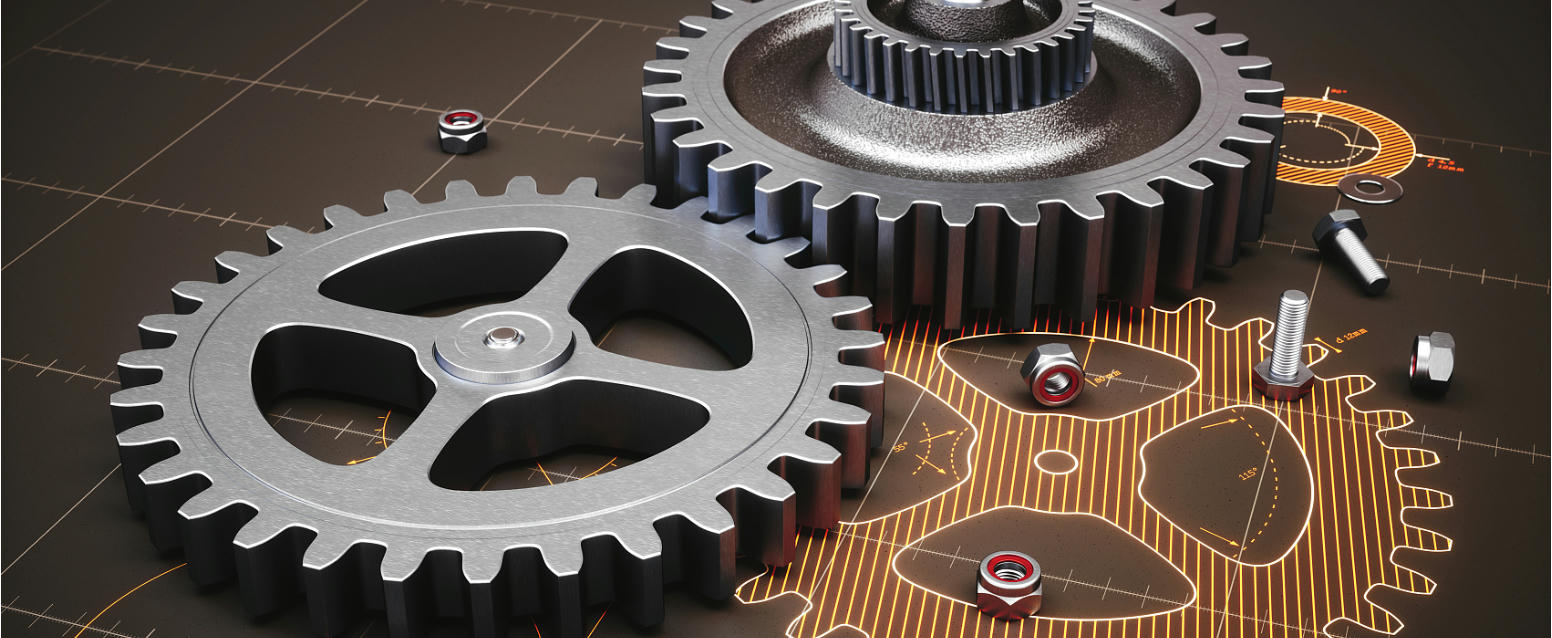 Most importers set quality tolerance level by use of an AQL table used in an acceptable quality level sampling method, such as Level II, AQL 0/1.5/4.0. Quality control experts categorize quality defects into three categories: Critical, Major, Minor.
Most importers set quality tolerance level by use of an AQL table used in an acceptable quality level sampling method, such as Level II, AQL 0/1.5/4.0. Quality control experts categorize quality defects into three categories: Critical, Major, Minor.
Defect classification is a crucial step because it determines if the goods pass or fail the test. To help you make better decisions, we provide you with a complete guide on the types of defects.
1) Critical Defects
They are the most serious type of defects and do render a product unusable or even capable of causing harm to someone near it. Critical defects can put the business at huge risk or product recalls lawsuits and liability issues. Most importers usually have a zero-tolerance policy on orders that have critical defects. Any product will automatically fail inspection when a critical defect is found.
2) Major Defects
The major defects are those who are capable of affecting the appearance, performance, and function of an item. An item having a major defect will always depart from the product specification of the buyer. Customers can easily notice these defects, and probably they will return the item, raise a complaint, or even seek a refund.
A good number of importers have limits of major defects set lower than those of minor defects in the sample size that has been inspected. In most cases, they will accept a product with a few major defects, although they are most likely to reject the order or request the supplier to rework or hold onto it in case it fails inspection due to a high number of major defects.
3) Minor Defects
In most cases, the minor defects will be the insignificant and small issues that don’t affect the form or function of any item. Most customers will not notice a minor defect on a product, and some customers will not return the product just because of their minor defect.
The importers set a higher tolerance level when it comes to the application of that standard to a smaller defect in the AQL sampling that has been inspected. However, a product can still fail inspection when the number of minor defects is beyond the set limit by tolerance.
 Elkexpress
Elkexpress Most importers set quality tolerance level by use of an AQL table used in an acceptable quality level sampling method, such as Level II, AQL 0/1.5/4.0. Quality control experts categorize quality defects into three categories: Critical, Major, Minor.
Most importers set quality tolerance level by use of an AQL table used in an acceptable quality level sampling method, such as Level II, AQL 0/1.5/4.0. Quality control experts categorize quality defects into three categories: Critical, Major, Minor.





您好!Please log in